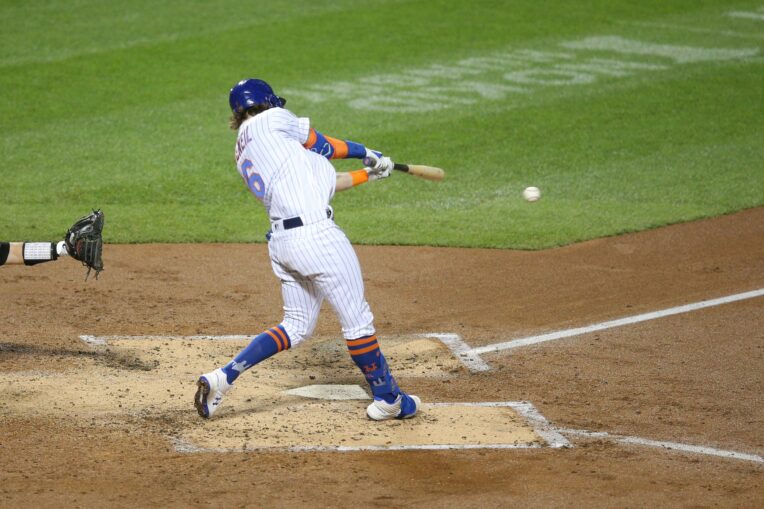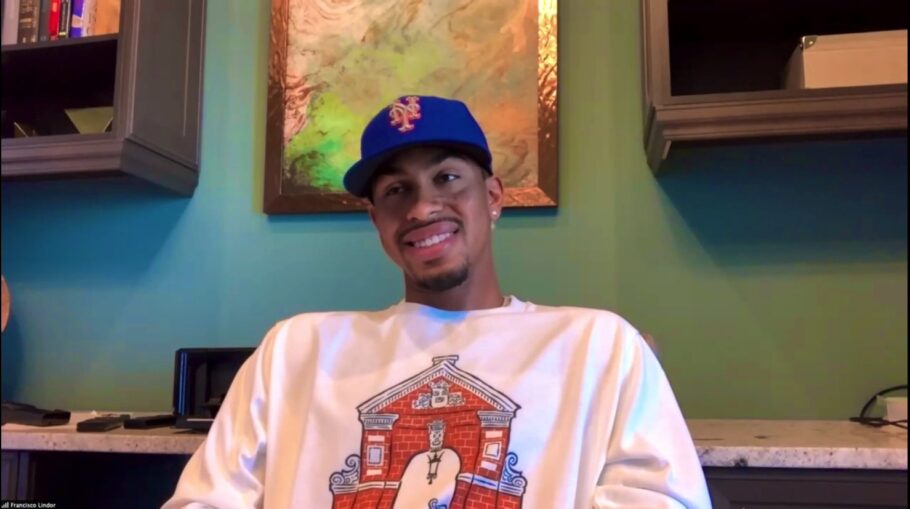
The 2020 MLB regular season was the definition of a sprint. Sixty games played in a tight window, with seven-inning doubleheaders being used to make it all come together.
But the typical 162-game schedule is a marathon in the purest sense of the word. It’s the most extreme grind, including a number of peaks and valleys for not only individual players, but also entire teams. A fast start doesn’t guarantee a successful year, and a slow start also doesn’t mean a player or team will consistently struggle.
Regardless of this, there isn’t a big league player or organization who wouldn’t take a fast start to any season with open arms. There’s just something about getting a year off on the right foot that allows a player or a group of players to build on the momentum with the majority of their regular season schedule still left to play.
For the New York Mets, a strong April would be beneficial because of how competitive the National League East is expected to be in 2021. They can’t disappear after that — which we’ve seen in the past — but as we saw in years like 2015, a strong start can help propel them toward October.
The following four players all got off to varying degrees of slow starts to the 2020 season and will be hoping to do the opposite this April.
Pete Alonso
After a record-breaking rookie campaign, it was almost a guarantee that Pete Alonso would regress. After all, it wouldn’t exactly be fair to expect the first baseman to continue the ridiculous offensive pace he set during his first big league season.
Unfortunately, it felt as if he could never really get going throughout the season. Whenever he had a good game, he couldn’t build upon it the following day, and when he finally did, it happened during the final week of the shortened season.
Through August 31, (144 plate appearances), Alonso slashed .213/.333/.385 with six home runs, 18 RBI, and 16 runs scored. He also posted a 12.5% walk rate and a 27.8% strikeout rate en route to compiling a 97 wRC+.
Some things that stood out from this slow start and were his fly-ball rate (35.4%, 41.5% in ’19) and his hard-hit rate (30.5%, 42.2% in ’19). This was in stark contrast to the start he encountered in 2019, as he slashed .292/.382/.642 with nine homers, 26 RBI, and 20 runs scored over 123 plate appearances.
Following the kind of tear he finished 2020 on, it would be a huge confidence booster for Alonso to jump out of the gates hot this upcoming April.

Jeff McNeil
Similar to his teammate above, Jeff McNeil made the most of his shortened season by going bananas in September. His overall stats (.836 OPS, 130 wRC+) for 2020 didn’t look much different than what he produced the year prior (.916 OPS, 143 wRC+), but it was a much different road arriving at those particular numbers.
Through the end of August, McNeil had walked to the plate 107 times and produced an uncharacteristic 92 wRC+ without a single home run after blasting a career-high 23 taters in 2019. He turned on the jets for his final 102 plate appearances, though, resulting in a 171 wRC+ and a .356/.431/.567 line with four home runs. It was encouraging to see his power come back, as his ISO jumped from .075 to .211.
There are a number of things to keep an eye on with New York’s resident hit machine, and one of them will be how he performs against breaking pitches in 2021 after mostly struggling against them last year. Newly christened as the league’s second-best second baseman, according to MLB Network, it’ll also be interesting to see how he settles into his new role of playing just one position instead of bouncing around the field in order to keep his bat in the lineup.

Dellin Betances
After a year in which he posted a 7.71 ERA in 11.2 innings and an average fastball velocity of 93.6 mph, Dellin Betances‘ decision to exercise his $6.8 million player option was very easy. It’s tough to draw concrete conclusions with certain relievers from 2020 because the sample sizes were so small, but anyway you slice it, Betances struggled.
All but 1.1 of his innings for the year happened by August 31st. During that time, his strikeout rate (16.7%) nearly equaled his walk rate (14.6%), and he stranded just 63.2% of base runners while on the mound.
The 6.10 ERA he posted was mostly deserved, too, as his SIERA settled in at 5.66. Outside of staying healthy and trying to build his velocity back up, Betances must figure out how to use his four-seamer effectively again.
That offering was his most-thrown pitch of the year, yet opposing hitters slashed .350/.567/.400 with a 194 wRC+ against it. And if you’re thinking that on-base percentage looks really high, it’s because this pitch produced a 30.0% (!) walk rate, compared to just a 3.3% strikeout rate (13.4% and 25.2%, respectively, in 2018).

Francisco Lindor
As the Mets’ offseason crown jewel acquisition, there will inherently be pressure on Francisco Lindor to perform. After all, he’s been one of the league’s best shortstops since debuting in 2015, a trend that should continue moving forward. He scored a hefty $22.3 million salary for the upcoming year, and there could be a few more dollars headed his way prior to Opening Day if he and the Mets agree to a contract extension.
Getting off to a fast start will keep that pressure to perform at bay for the time being, which is something he couldn’t accomplish during his final year with Cleveland. His first 155 plate appearances were simply meh: he slashed .266/.323/.427 with five homers, 15 RBI, 17 runs scored, and a 101 wRC+. Certainly not bad, but expectations will definitely be higher than being a league-average hitter.
His batted-ball profile from last season was interesting because there was an improvement in line-drive rate (19.7% to 25.6%), ground-ball rate (43.7% to 38.5%), and soft-hit rate (16.4% to 9.6%), while his fly-ball rate essentially stayed the same (36.6% to 35.9%). However, his hard-hit rate took a nosedive from 42.0% to 30.5%, his lowest since 2016 (27.5%). When drilling down his quality-of-contact by batted-ball event, the same results were across the board: a drop in both soft-hit and hard-hit rate.
Getting back to jumping on four-seamers will be a good place to start — after posting a .979 OPS and a 163 wRC+ against that offering in 2019, those numbers dropped to .725 and 106, respectively.















